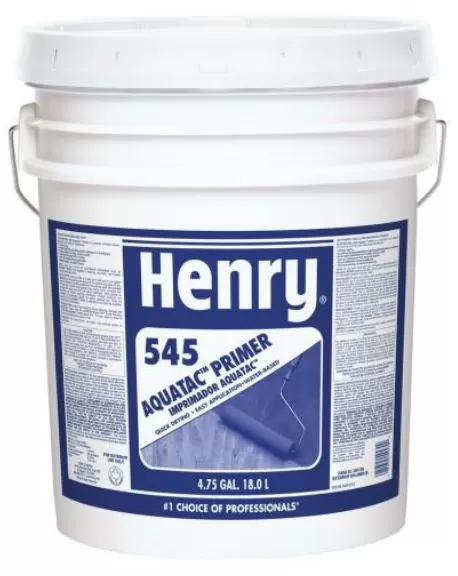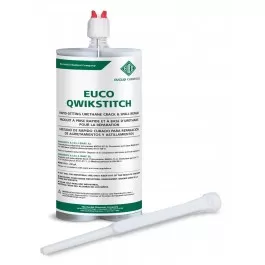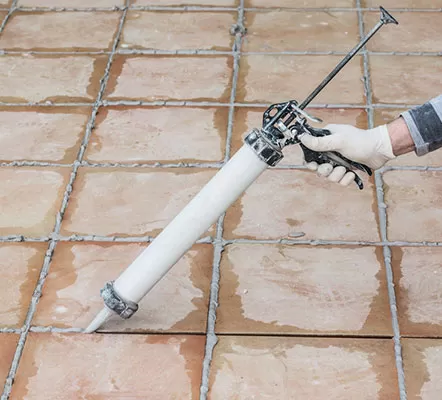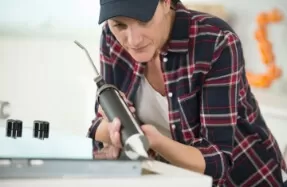Blog
How To Properly Waterproof A Bathroom
Waterproofing is an important component of any construction of renovation project as it can prevent problems like dampness, corrosion of plumbing, mildew, mold, rotting of wooden surfaces, and others. Unfortunately, not everyone understands the importance of waterproofing. As several organizations have pointed out, insufficient waterproofing is one of the top three causes of residential building defects. If you are looking to waterproof a bathroom, here’s what you need to know.
Waterproofing Tools and Materials
Bathroom waterproofing should be done using high-quality products that include waterproof membrane and waterproofing agent. In addition, you would need a primer and silicone. For waterproofing tools, what you need are a masking tape, silicone gun, paint roller or paint brush, paint scraper, Stanley or utility knife, spirit level, dustpan, broom, and vacuum cleaner.
Can I DIY Bathroom Waterproofing?
The answer is yes and no. You can DIY your own bathroom waterproofing if you have the right tools and expertise. However, do take note that DIY waterproofing may compromise your insurance and warranty claims. Some states also do not allow DIY waterproofing so you have to check with your respective localities.
Step-By-Step Bathroom Waterproofing
- Clean Bathroom Floor – Use whatever tools you need to get rid of dust and debris to make sure the wet area is completely clear of fragments that can mix up with the waterproofing membrane.
- Apply Primer – Apply the primer on the floor as well as up the walls to as high as 20 to 30cm by using a normal paint brush or roller. Always start on the walls at the back corner before working your way around and finally completing the floor.
- Fill in Gaps – Make use of silicone to fill up any gaps after the primer has dried up. Get the spaces between the wall and floor, near the shower, around the vanity, at the shower base and so on. Before that, remove any old silicone using a paint scraper. After the silicone has dried up after roughly 24 hours, it will seal any potential gaps.
- Use Masking Tape – Your waterproofing application can be completed with a straight edge by using masking tape. Tape the edges similar to how you would when painting.
- Apply Agent to Walls and Corners – Use a roller or brush to apply the waterproofing agent. Start at the back corner for easy access and go around the wall upwards to where your masking tape is and continue on the area where the floor and wall meet.
- Add Membrane – Add the waterproofing membrane to the wall and cracks in the floor. Cut the product into desired lengths and place them into position. Paint over the product with the waterproofing agent and stick it down. Make sure to leave no gaps and to get the agent all over it completely.
- Apply Agent to Floor – Wait for the first layer to dry fully and add another coat of the waterproofing agent. Each coat will take roughly 24 hours to fully dry. Once the second coat is set, allow another day for it to dry. This is important so as to let it fully cure before you can perform any flooring installation.




